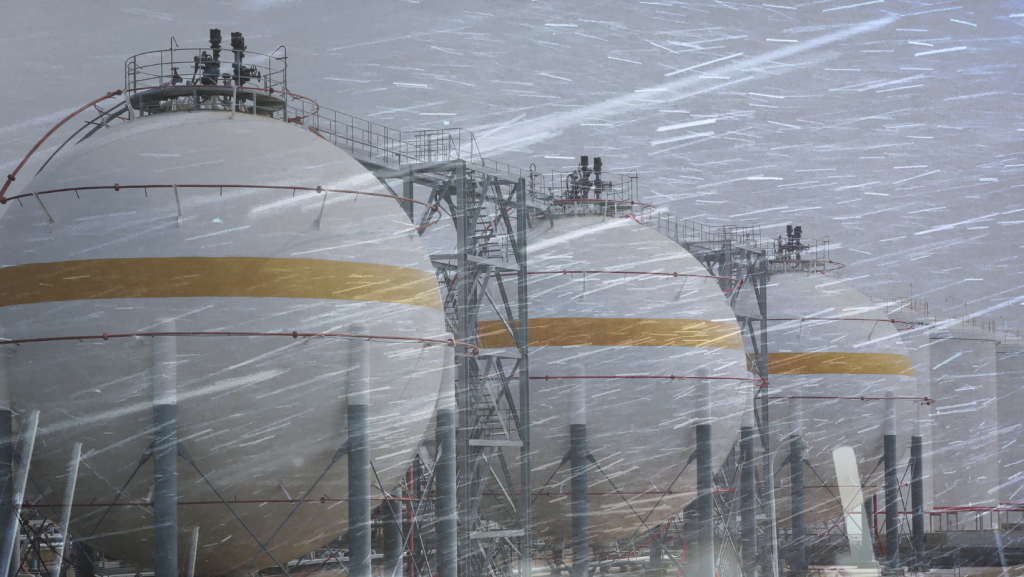This was an unusual winter for Wisconsin with less snow and higher temps than average, but two weeks of brutal cold in January raised concerns about energy reliability. In the U.S., there have been five severe weather events in the past 11 years that have affected our electricity grid, at times causing dangerous, widespread blackouts during extreme cold. With climate change, these events are increasing in severity and frequency. The reliability of our electricity is more important than ever.
As wind and solar power become more common, we often hear that “natural” gas (methane) plants are still needed as a critical backstop, always there when the wind stops blowing and the sun isn’t shining. But severe storms, like Winter Storm Elliot that slammed the Midwest and Southeast in 2022, and Winter Storm Uri that paralyzed Texas in 2021, expose that myth.
During Winter Storm Elliot nearly two-thirds of the outages were from methane gas plants, while in Winter Storm Uri it was close to 60%. Gas plants are especially vulnerable to cold-weather outages because their fuel cannot be stored on-site. Elliot hit during the holidays when the gas markets were closed, and residential heating needs were especially high. Failed fuel deliveries meant gas plants literally did not have gas on hand to burn. During Uri, extreme cold caused mechanical failures that led to declines in gas production and low pressure in pipelines.
This year’s winter storm did not cause the same catastrophic effects on the grid, even in Texas, the state energy experts were most concerned about. The biggest difference between now and 2021 is that 18x more battery storage was available as a backstop. More wind and solar also contributed to reliability. Having diversity in energy sources is key to preventing cascading blackouts.
Freezing parts and mechanical failures can happen anywhere—at coal plants, gas plants and wind farms. Instead of turning to more methane, a potent greenhouse gas, now is the time to invest in a clean, robust electricity grid that’s bigger than the weather. More transmission lines that can move homegrown wind and solar energy where it’s needed most during a storm, and batteries that can provide backup, will contribute more to the reliability of our electricity grid than methane gas plants. That’s what we truly need to stay safe and warm during Wisconsin winters.

